Canberra, the world’s most sustainable city
It’s official, the most sustainable city in the world is Australia’s capital city, Canberra. Last May, the UK company, Uswitch, crowned the 2021 winner. Still, much of the credit is due to Canberra’s green transport and renewable energy supply.
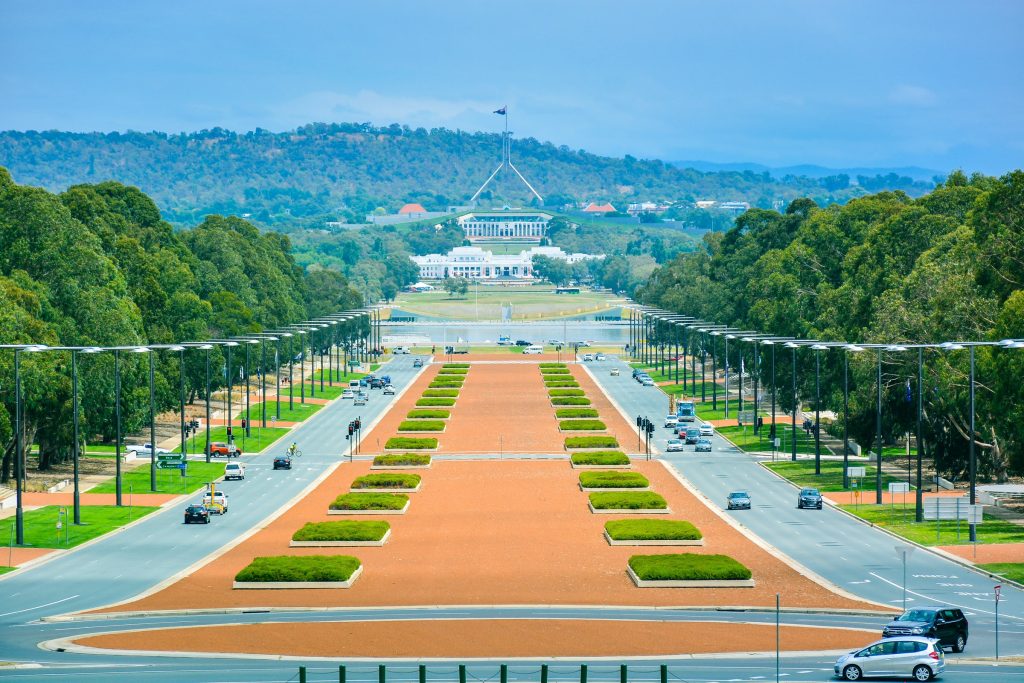
Importantly, the Uswitch award helps focus attention on strategy. As it is, climate change is a major issue. So, more and more cities are prioritising it in their planning. For context, some 70% of the world’s population will be living in cities by 2050.
What is a Sustainable City?
By definition, cities with green, social, and economic sustainability are called Sustainable Cities.
All United Nations member states adopted the Agenda for Sustainable Development in 2015. Together, there are 17 Sustainable Development Goals (SDGs). Of those, Goal 11 is to make cities inclusive, safe, resilient and sustainable.
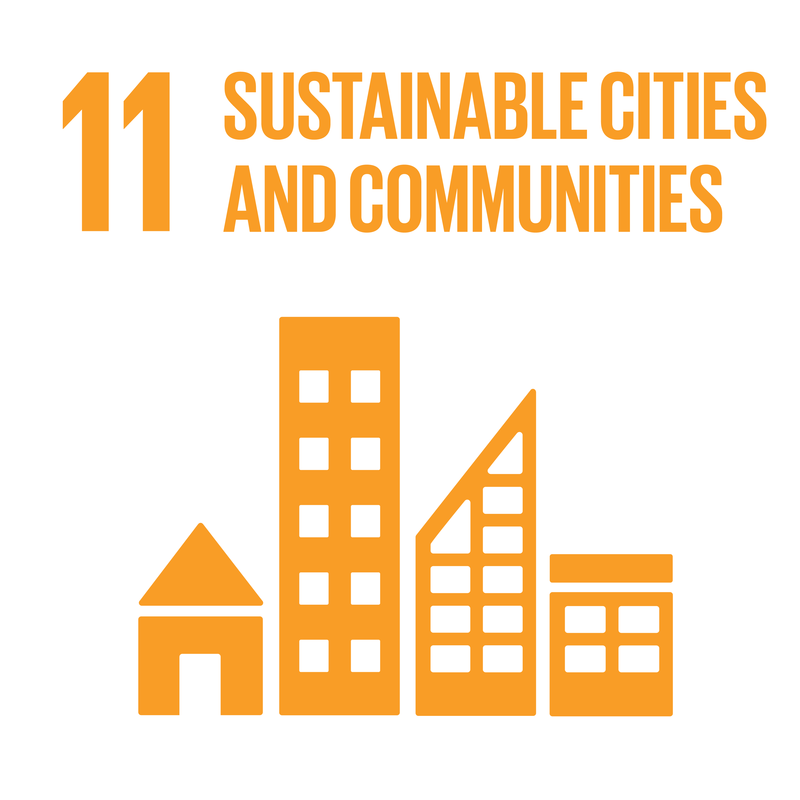
How to measure the most sustainable city?
Overall, there are 6 essential features of a sustainable city. These are:
- strong transportation infrastructure,
- good energy, affordability,
- good air quality and pollution control,
- low carbon dioxide emissions, and
- a high percentage of green space.
At most, a city can score 600 points. Canberra received 427.
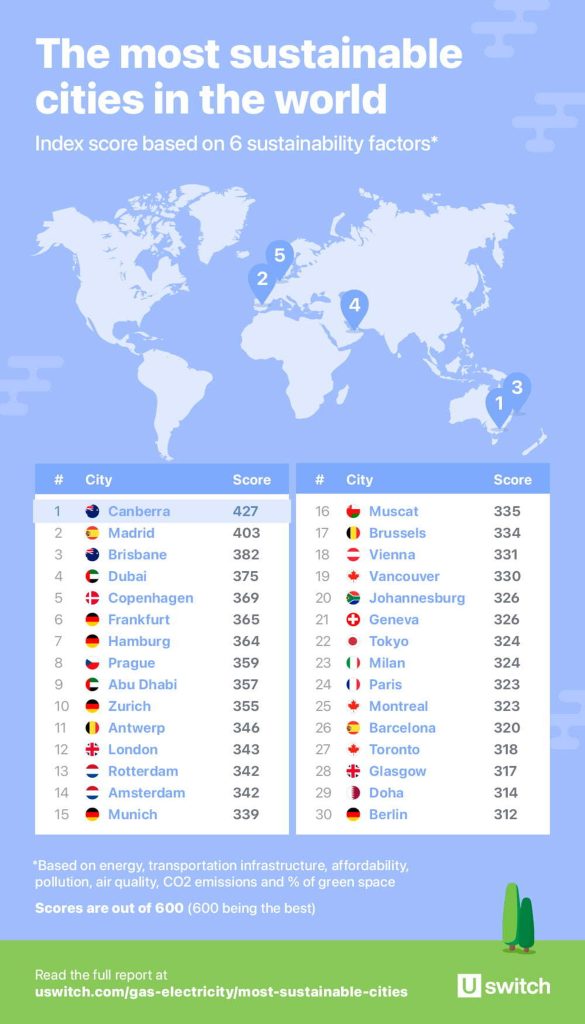
1. Transportation infrastructure
Easy and affordable public transport improves air quality. It does this by reducing vehicles on the road. Less traffic also improves quality of life. In addition, ‘green’ vehicles cut emissions.
In fact, Canberra has 88.6% ‘green’ transport services. Also, it has a vast network of public transport, and will soon add a light rail. Travel in Canberra is fast, with only a 30 minute commute to any destination. Besides that, popular ride-sharing services reduce solo trips.
2. Energy
Canberra relies on solar and nearby wind farms for energy. Altogether, some 48% of its supply comes from renewables.
The energy crisis, and climate change, calls for a cheap and sustainable energy. So, sustainable cities must make sure their power supply is also cost-effective.
3. Affordability
Obviously, affordable housing is key. The ability to find a home is a clear measure of liveability. In this respect, Canberra has improved housing availability only a little.
4. Pollution and air quality
Pollution affects the environment and human health. Yet, there are many types of pollution. That includes water, soil, and air pollution. Even so, to halt climate change, better air quality is essential.
5. Carbon dioxide emissions
Canberra’s reliance on renewable energy drives its low carbon emissions.
Reducing CO2 is the most important factor in the fight against global warming. Every person can help by lowering their CO2 footprint.
6. Percentage of the green space in the area
Finally, green space is not just about visual appeal. It can help control pollution and mitigate flooding. Even so, greenery enriches human lives and promotes biodiversity. Per capita, Canberra’s green space is 353㎡. For comparison, Sydney’s is about 81㎡, and Melbourne’s, 116㎡
The other most sustainable cities
Elsewhere, there are cities doing great things for sustainable living. Let’s look at what makes them so successful.
Copenhagen, Denmark
Copenhagen, for example, has made sustainability a priority. In fact, it has set the goal to become the first CO2-neutral city by 2025. Interestingly, only 29% of homes have a car, and the city has created even more cycling lanes. In Copenhagen, people cycle rather than drive. Imagine how much cycling reduces emissions and traffic on the roads.
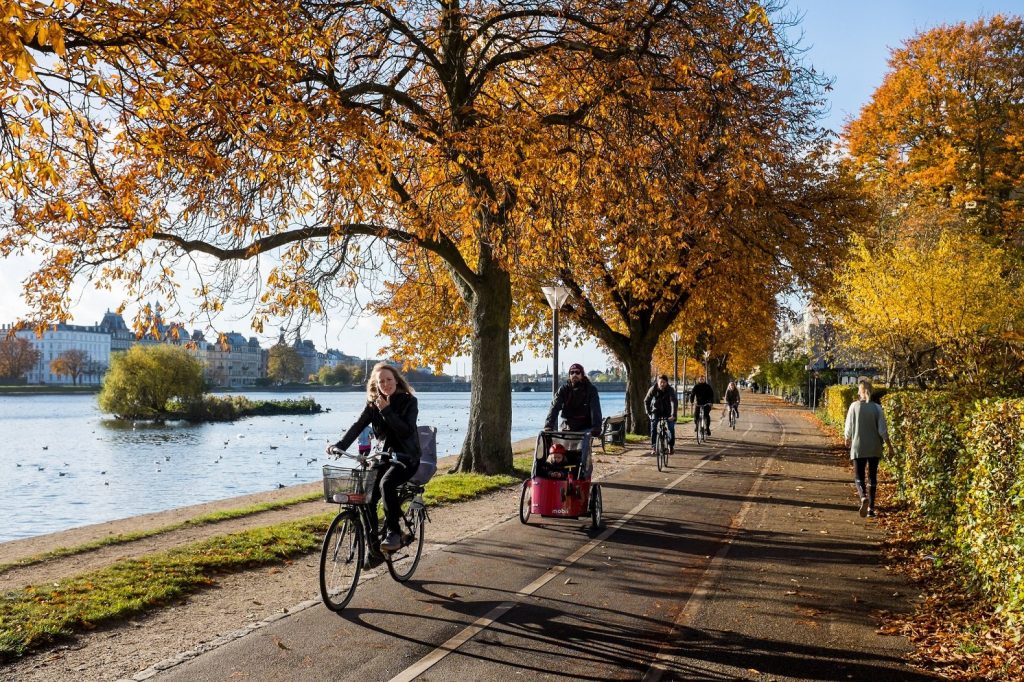
San Francisco, California
By contrast, San Francisco has focused on waste control. Effectively, it now redirects 80% of its general waste. One day, the city aims to increase that figure to 100%.
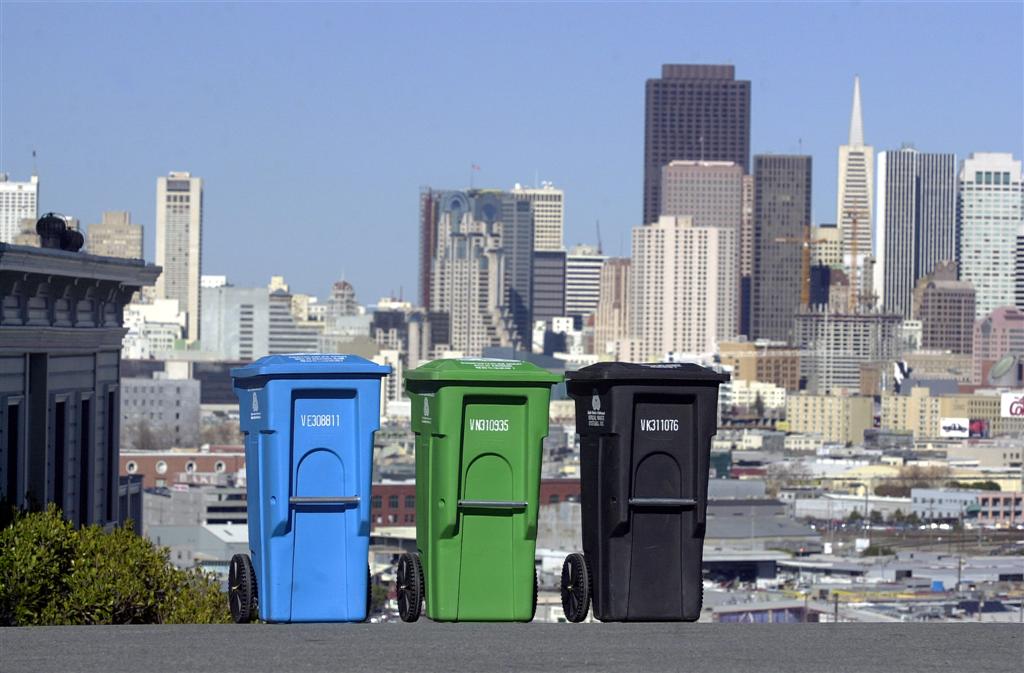
Practical methods to create sustainable cities
The 20-minute neighbourhood
Spurred on by the pandemic, the ’20-minute neighbourhood’ has become popular. Imagine if you could walk, cycle or take public transport to key locations within 20 minutes. How happy, healthy and easy life would be!
In effect, the 20-minute strategy opens up cities by bringing important amenities to the neighbourhood. This makes a city more accessible and liveable. It also reduces pollution from commuting.
Another Australian city, Melbourne, has used this strategy for over ten years. At first, Melbourne asked what were the key features communities wanted. ‘Safe, accessible and well-connected transport optimised for pedestrians and cyclists’ was popular. So was the provision of ‘services and destinations that support local living.’
Some European countries have also adopted the 20-minute rule. It is fast becoming a measure of comparison between cities. Yet, there are still some challenges. Mainly, the need for adequate funding to build amenities. It also requires the resources to track results.
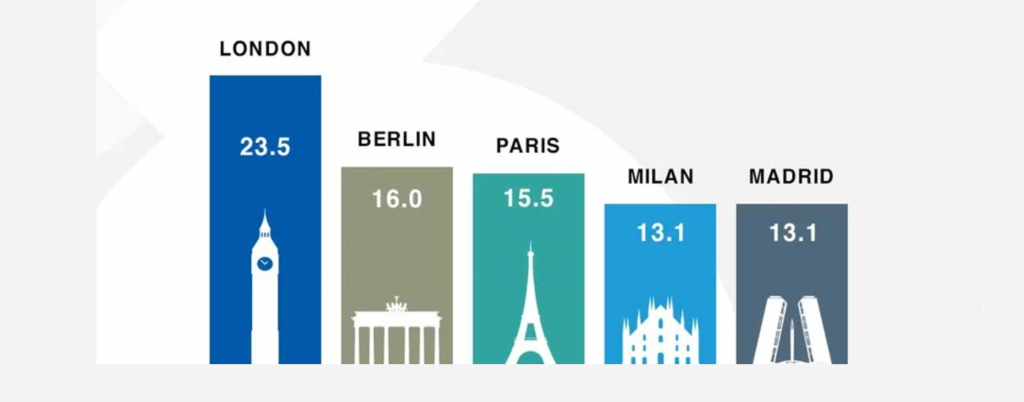
Clean energy
Clean energy is essential for cities to become sustainable. It reduces pollution and improves air quality. On top of that, designing ‘green’ buildings with good shade and ventilation reduces energy use improves health, and moderates city temperatures.
Create more public green spaces
The percentage of green space is another important measure. Green space solves several challenges at once. As well as providing quiet, it reduces flooding, promotes biodiversity, and controls pollution. There are many examples of cities using green spaces to improve urban settings.
China has developed a new idea called Sponge city. Here, green spaces break up highly urbanised areas. They also act to detain and filter water.
Elsewhere, creating natural ecosystems are popular. In Singapore, for example, increased greenery and green construction standards are transforming the city state. Also, The Netherlands redesigned their sewer system. This created multi-functional water “squares” to hold storm water.
Conclusion
So, it’s tailored, practical measures like these that help to make cities more attractive, resilient and sustainable.
With cities like Canberra and Copenhagen as the example, more cities are following suit. Different strategies are used to address local challenges. Together, they all help to control emissions and improve liveability around the world. For more news on the many innovations to make the planet more liveable, subscribe to THRIVE. Find out how you can help, and what you can do for your neighbourhood.























